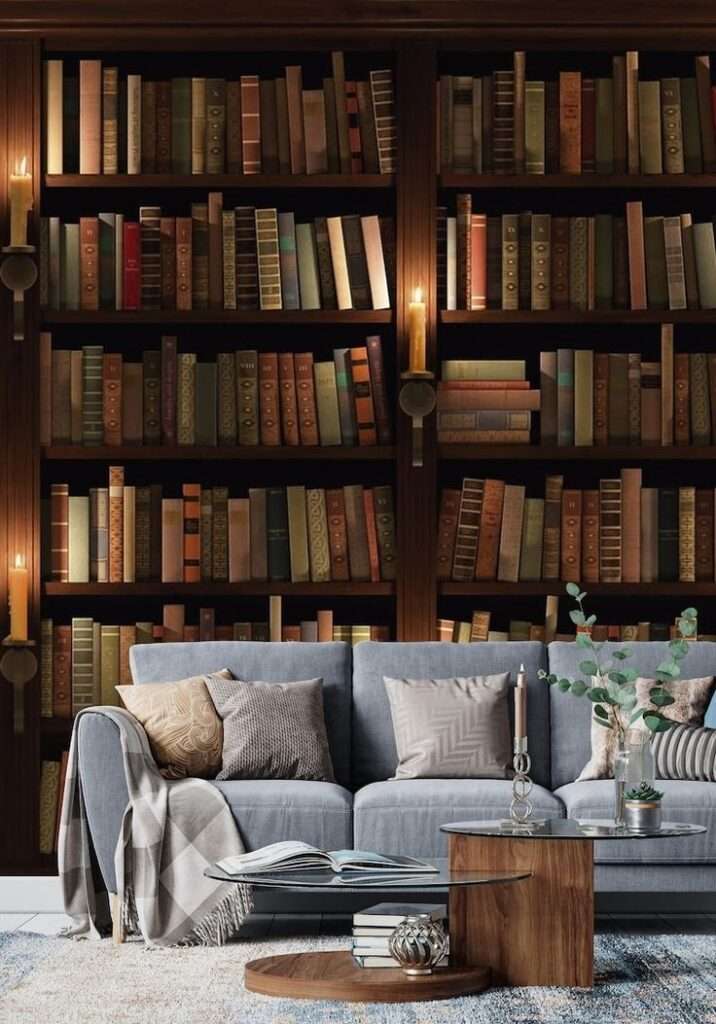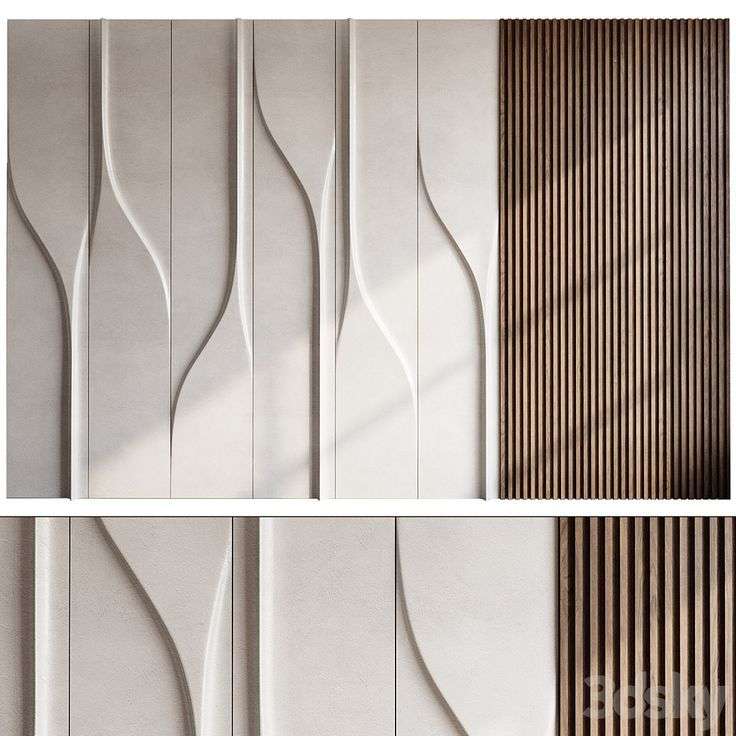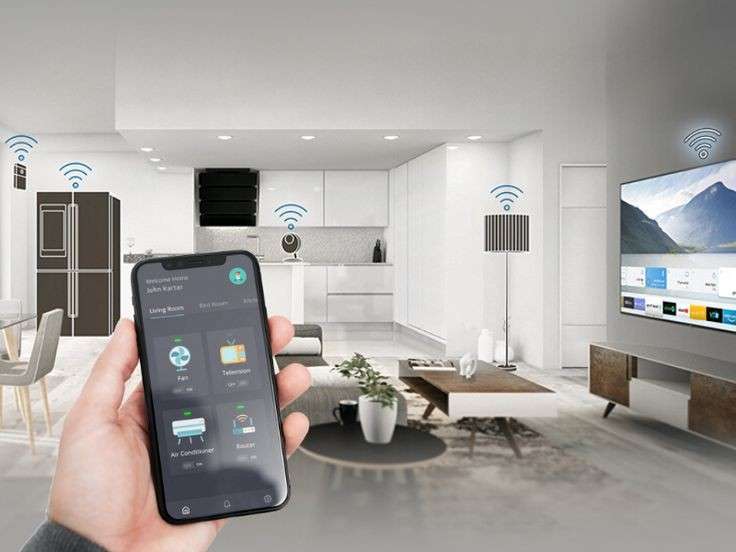In a world that’s increasingly digital, there’s something timeless and comforting about curling up with a good book. The traditional home library, once reserved for large, dedicated rooms, has evolved into something more functional and cozy. Today, the concept of home libraries has shifted toward smaller, intimate spaces designed for reading and relaxation—perfectly encapsulated by the rise of reading nooks.
At Scale & Structure, we specialize in creating personalized, stylish spaces that blend form and function. In this blog, we’ll explore how home libraries have evolved over the years and how you can design a perfect reading nook that invites comfort, inspiration, and a love for reading.

The Evolution of Home Libraries
Historically, home libraries were large, grand spaces with towering bookshelves and heavy wooden furniture. These rooms were often reserved for the elite, showcasing an extensive collection of books as a symbol of education and status. In many ways, the home library was more about displaying wealth and knowledge than creating a functional space for relaxation.As technology and design trends evolved, so did the concept of home libraries. The digital age brought new challenges, such as the shift from physical books to e-readers, and a growing need for multifunctional spaces. People began to rethink the traditional home library and its purpose, leading to the rise of more accessible and functional designs, particularly smaller, intimate reading areas.
Why the Shift Happened:
A reading nook doesn’t require a large room or an expansive collection of books to be effective. The goal is to create a space that promotes comfort, focus, and a love of reading—whether it’s a quiet corner in the living room or a cozy alcove in the bedroom. Here are some key elements to consider when designing your perfect reading nook:
1. Choosing the Right Location
One of the first steps in designing a reading nook is selecting the right location. Ideally, this should be a quiet, well-lit area where you can escape from the hustle and bustle of everyday life.
Tips for Finding the Perfect Spot:
The centerpiece of any reading nook is the seating, and it’s important to choose a piece that offers both comfort and style. Whether it’s an armchair, a built-in bench, or a hanging chair, your seating should be designed for long hours of reading, with plenty of cushions, throw blankets, and soft fabrics.
Comfort-Boosting Furniture Ideas:
Proper lighting is essential for any reading nook, especially if you plan to read for extended periods. It’s important to have a combination of natural light during the day and soft, adjustable artificial lighting in the evening.
Lighting Ideas for Your Reading Nook:
While your reading nook doesn’t need to be as grand as a traditional home library, having a place to store your books and reading accessories is important. Clever storage solutions can keep the area organized and clutter-free.
Storage Ideas:
Comfort is key when designing a reading nook, and textiles play a significant role in making the space feel cozy and inviting. Soft blankets, cushions, and rugs can help create a warm, tactile experience that enhances your reading time.
Textile Ideas for Maximum Comfort:
Your reading nook should reflect your personal style and taste. Add decorative touches that make the space feel unique and inviting, whether it’s through artwork, plants, or accessories.
Personalization Ideas:
As the way we read continues to evolve, so too does the design of home libraries and reading nooks. Today’s design trends emphasize multi-functional, cozy, and personalized spaces that blend seamlessly into the home’s overall decor.
1. Small Space Living and Multifunctional Nooks
In smaller homes or apartments, reading nooks are being integrated into multifunctional spaces. For example, a cozy corner of the living room or bedroom can be transformed into a reading nook with the right furniture and lighting. These nooks are designed to serve as both relaxing spaces and functional workspaces.
2. Nature-Inspired Designs
More homeowners are bringing the outdoors inside by incorporating natural materials like wood, stone, and plants into their reading nooks. These elements create a calm, organic atmosphere that encourages relaxation and focus.
3. Sustainable Design
Eco-friendly materials and furniture pieces are increasingly popular in home library and reading nook design. Sustainable furniture, energy-efficient lighting, and eco-conscious textiles are key components in modern, environmentally-friendly nooks.
Why Choose Scale & Structure for Your Reading Nook Design?
At Scale & Structure, we specialize in transforming spaces into personalized, stylish, and functional areas—whether it’s a cozy reading nook or an entire home library. Our team of expert designers works with you to create spaces that blend comfort, aesthetics, and practicality, all while reflecting your unique style.
Why Work with Scale & Structure:
Ready to create the perfect reading nook in your home? Contact Scale & Structure today, and let us help you design a cozy space where you can unwind, relax, and immerse yourself in your favorite books.



